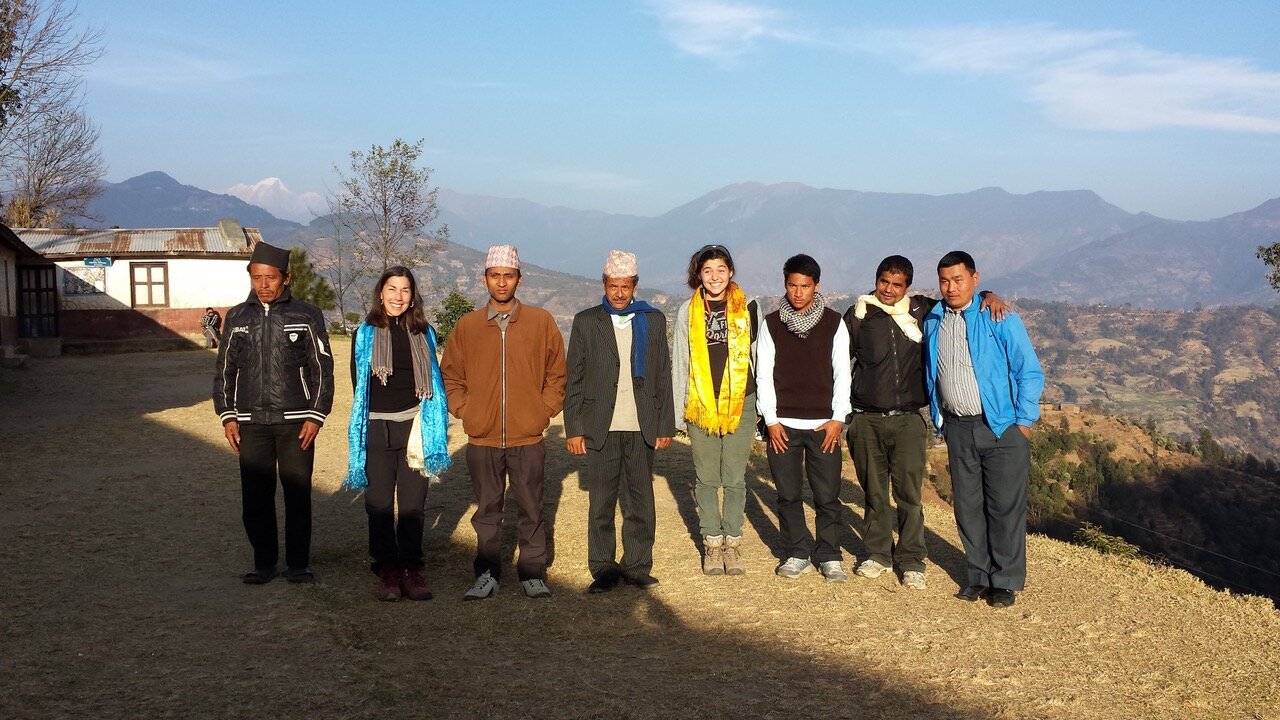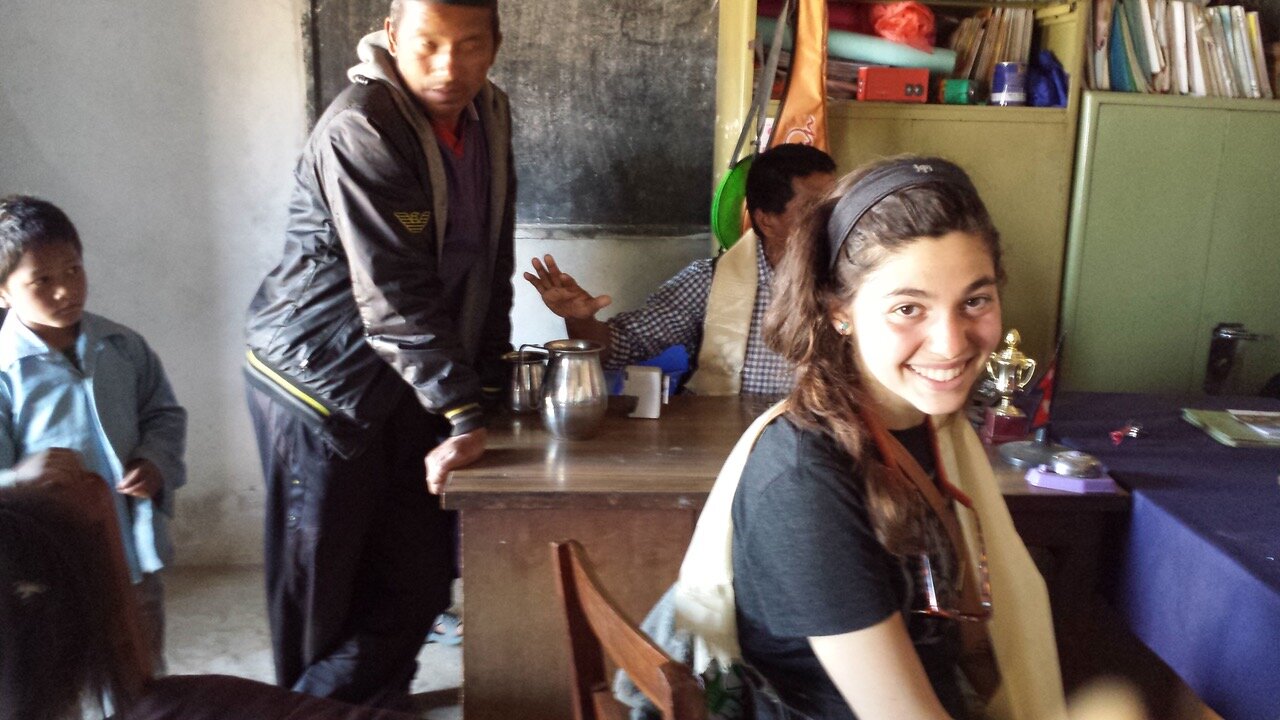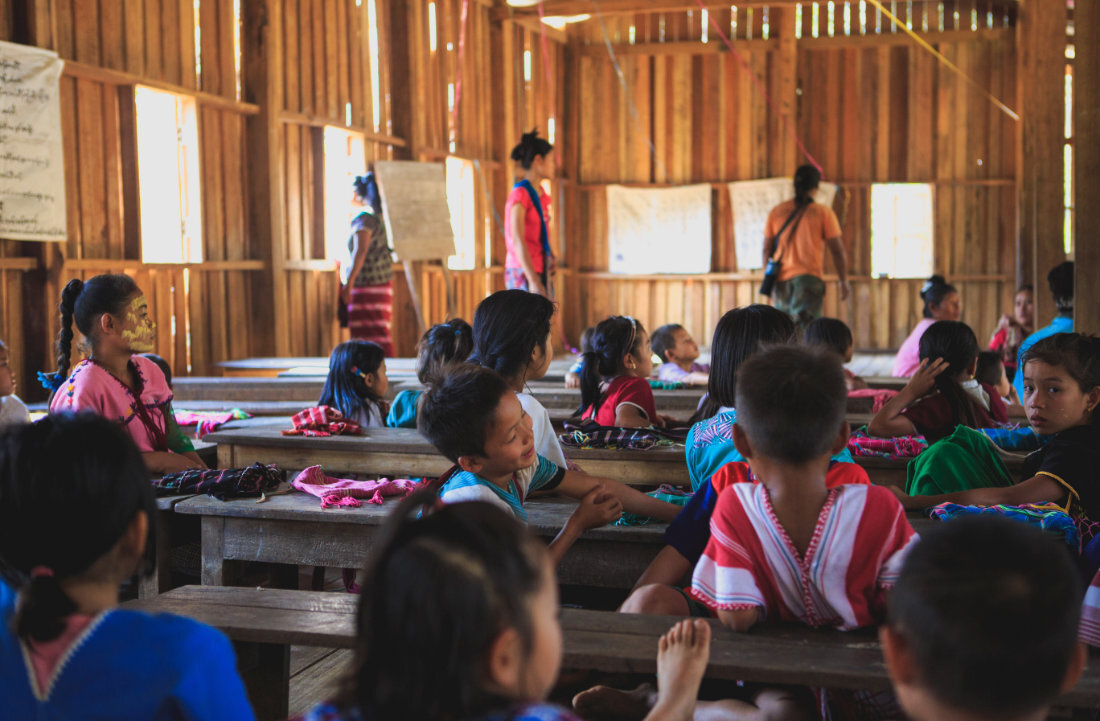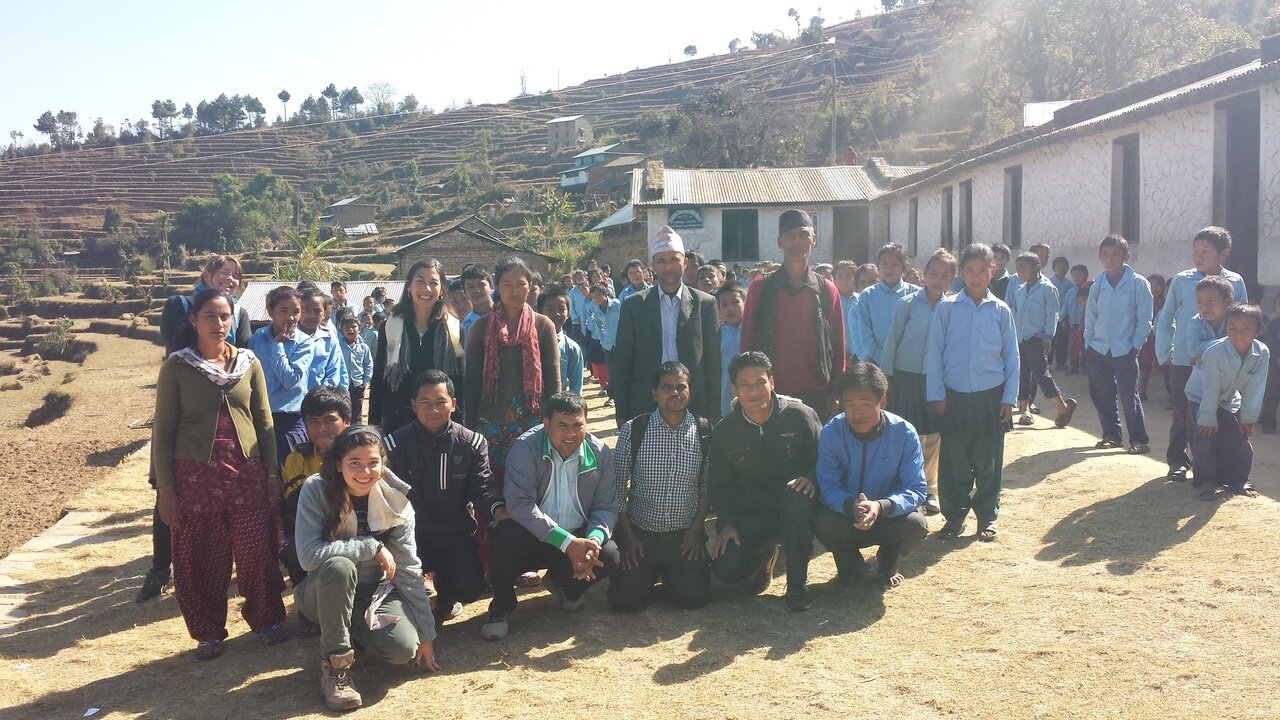In these difficult and uncertain times, we often seek comfort from the friends and family who mean the most to us. For me, my mother is my touchstone. I hope you’ll enjoy these memories I’m sharing—and I’d love to know who sustains you. Be well.
When I work with my clients, I am sometimes reminded of the wealth in my own family’s legacy. It informs me about my passions—and why I pursue them. Recently, I’ve been thinking about what I know about my mom. Although, sadly, she passed in 2002, the discoveries keep unfolding. It’s heartening that my passion for giving and making a difference for my clients enables me to do the same with my life.
Looking back it is easier to see that my mother was very creative. She would decorate our home and bake for the holidays with her signature flair, of course. When it came to Christmas presents from Santa for me, she had three intentions. The gifts were (1) to further my learning, something like books, flash cards, puzzles, and workbooks, (2) to encourage play with dolls, marbles, and game boards, or (3) to spur my creativity with art supplies.
From Crayola crayons and coloring books, to watercolors and sketch pads, to her encouraging my grandfather to purchase my first Kodak Tele-Ektra camera, she knew just the right ways to spur my imagination.
Mom and me
Today, I’m able to reconnect to the bliss and delight of my creativity through problem-solving for businesses and building strategic giving plans for donors. When I realized my newfound enthusiasm for contemporary music was building as a result of a new client, I traced its roots back to the support I received from my mother for self-expression. (Fun note is that fortunately, my partner, Scott, is also enjoying the concerts. I’m lucky I don’t need to “drag” him behind me to performances.)
SFCMP YouTube channel:
"The Ice is Talking" by Vivian Fung performed by SFCMP, Haruka Fujii percussion
For these reasons, I am happy that the San Francisco Contemporary Music Players are a part of my work and play. Full disclosure is the Board hired my firm to help them enhance how they and the staff execute their strategic plan for the ensemble’s 50th anniversary this fall. When I listen to newly composed pieces and absorb the group’s beaming blend of joy and singular talent, I’m reminded of my mom’s foresight and planning.
Thanks to the seeds of creativity she planted, I am open to countless ways of expression—like hearing the Contemporary Music Players coax melodies from two blocks of ice during the U.S premiere of a new work by Bay Area resident and Canadian composer Vivian Fung, a graduate of The Juilliard School. You can share the dynamic experience here as Haruka Fujii displays her artistry in the performance.
The Contemporary Music Players have thrived in the Bay Area as a nonprofit. They got their start playing in the galleries of the San Francisco Museum of Modern Art. It is fantastic as a visual arts lover that I can “listen to modern art,” as Eric Dudley, the group’s artistic director, is fond of saying. Who knew that was even possible?
Lisa Oman, the executive director, likes to remind us that the group’s performances serve another important purpose: “Our work has a direct impact on our musician’s livelihoods and helps ensure they remain employed.”

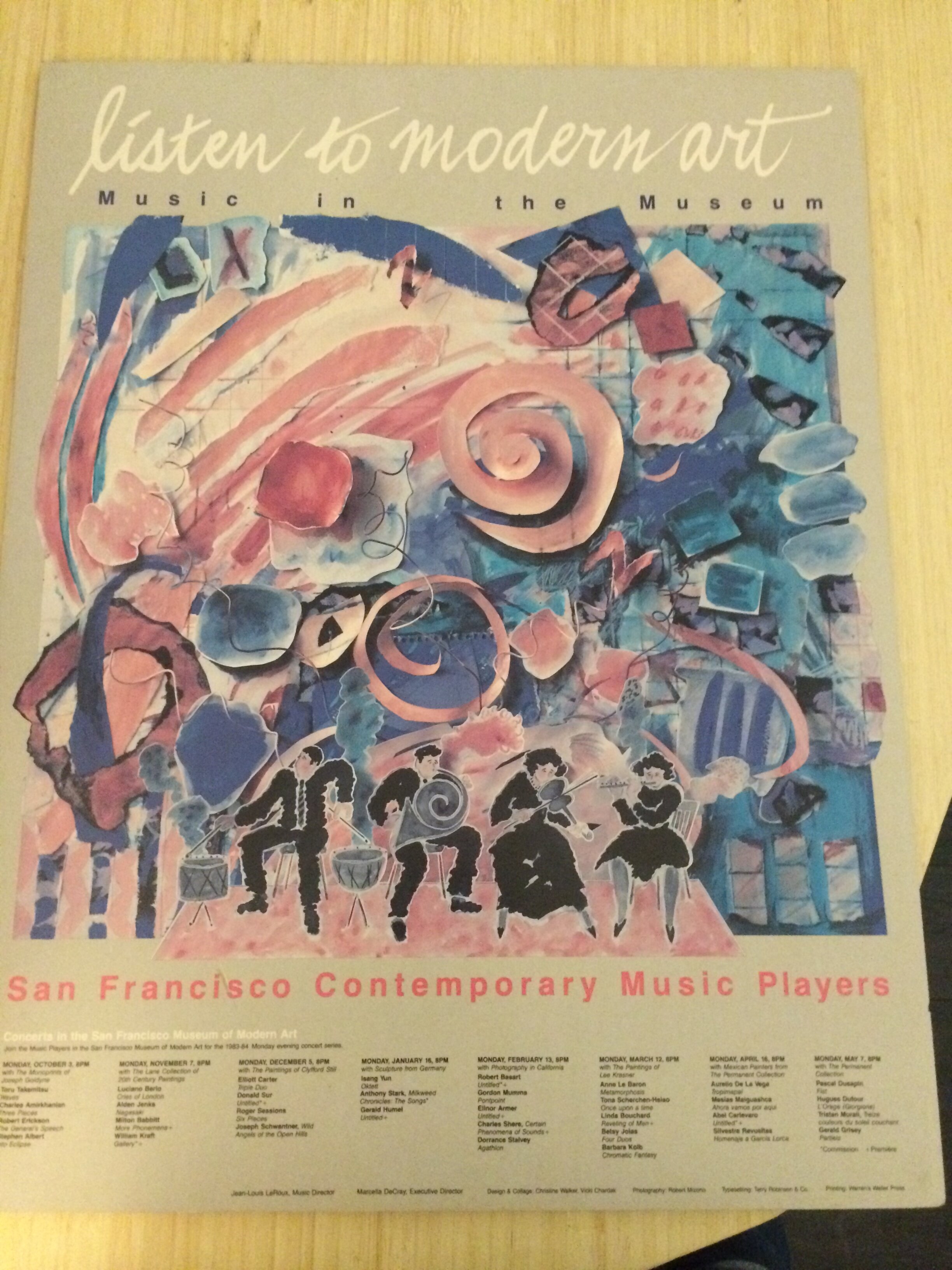
![“The Ice is Talking,” Haruka Fujii, percussionist playing on blocks of ice. [Photo by Stephen B. Hahn]](https://images.squarespace-cdn.com/content/v1/5acb24208ab7228929253160/1582666694759-RPB0A818WDO11BH3B3ZB/Haruka+Fujii_cr+Stephen+B.+Hahn_2019-12-08_The+Ice+is+Talking-B+%281%29.jpg)
![“How Music is Made with Myra Melford,” Eric Dudley and Pianist, Composer Myra Melford, on stage at SF Jazz Center. [Photo by Stephen B. Hahn]](https://images.squarespace-cdn.com/content/v1/5acb24208ab7228929253160/1582666257024-0HSDKP02721VLFXCGNTV/cr+Stephen+B.+Hahn_2019-05-11_How+Music+is+Made+with+Eric+Dudley+and+Myra+Melford_04+%281%29.jpg)
As I continue to nourish my passion for creativity—whether through my own work with clients or through the artistry of groups like the Contemporary Music Players—my mother is never far away, inspiring me, guiding me, and leading me to new experiences.




